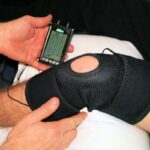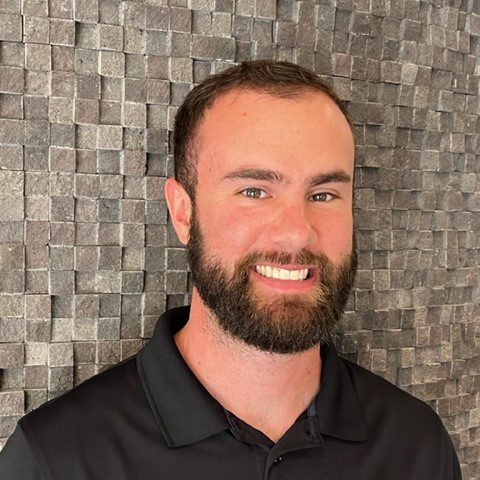Did you know that every year, half of all adults over the age of 18 develop a musculoskeletal injury? For most people, physical therapy is a go-to modality for pain relief and recovery, because it works to help a patient regain movement and strength following an injury. Unfortunately, reaching your physical goals isn’t as easy as just showing up to the office—to work on improving your body, you have to put in the effort to do just that.
At B3 Medical, our physical therapy experts have compiled the top 5 tips for making the most efficient gains toward less pain and better function.
-
Have your History Handy
When starting a physical therapy treatment protocol, your therapist will complete a thorough examination to assess the current state of the injury, including asking many questions about the source and date of the onset of pain, or when the injury or surgery occurred, and about what kinds of treatments have been tried and with what success. It can be very helpful to have a prepared record, since certain conditions and patterns are much easier to assess if they’re supported with an accurate timeline.
-
Commit to Your Visits
Depending on the severity or complexity of your personal condition, you might need anywhere from 2 or 3 visits up to 20 or more spread out over many months. To reach your physical therapy goals, it’s essential to commit to attending the visits as they are scheduled to maximize increases in balance and strength, and for the pain relief that will help create the conditions for healing. Statistics show that only 30% of patients will attend all of the visits authorized by their insurance companies, but how well you progress depends on how regularly you attend appointments and complete home care practices.
-
Complete Home Care Assignments
Your physical therapist will likely show you some helpful stretches to lengthen tight muscles, exercises to improve strength and joint mobility, and different ways of moving to retrain imbalanced biomechanics that developed to compensate for the injury. Not only will you need to complete the exercises at appointments, but you will also need to do the homework to see benefits from the treatments. If you skip the home care, your symptoms may not improve and it will be hard for your physical therapist to gauge the effectiveness of the recommendations.
-
Expect Effort
When recovering from an injury, surgery, or when correcting a physical imbalance, you’re working with many physical structures and systems in the body and progress may take some time. Being patient with the healing process will help regulate stress levels as you work toward your goals; developing a healthier, more balanced body with physical therapy will require some hard work, diligence, and effort, but will be well worth it to return to better function and mobility.
-
Speak Up and Communicate
A certified and licensed Physical Therapist will have years of training and experience, but YOU are the expert of your body and your condition. It is important to feel empowered when it comes to your care, by working with a team that will listen to your concerns and feedback about how the treatment protocol is working for you. Speak up and ask questions, because even small details can change the course of treatment if something important is identified.
Seeking Recovery and Relief?
At B3 Medical, our aim is to help patients avoid invasive surgeries and addictive opioids by treating the source of pain with comprehensive and innovative treatment plans. With a focus on Health Care vs. Sick Care, we’ll use our skills and the best technology available to help you embrace an active, healthy, and pain-free life. Call today with your questions and to arrange a visit to learn more.



























